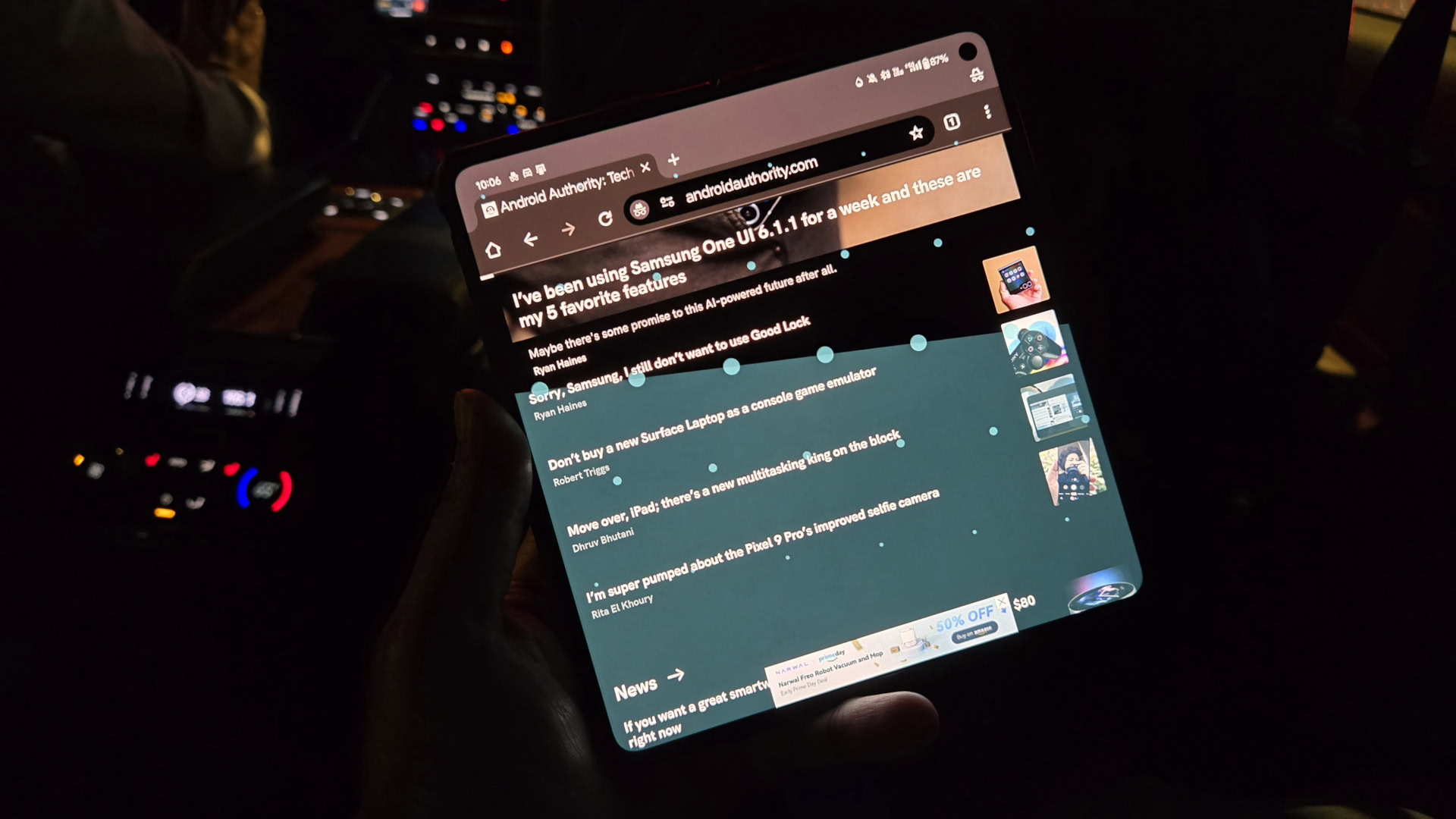Tips for Ecommerce Website Development and Design in 2025

The e-commerce industry keeps changing as of today, and 2025 will be no exception, with even more innovation and trends that will guide planning and building online stores. With growing customer expectations, AI innovation, and the unstoppable growth of mobile commerce, e-commerce businesses have no choice but to welcome the new trends in an attempt to stay competitive.
This article by a Top eCommerce Website Development Company in India delves into the most noteworthy e-commerce website development and design trends of 2025 in a bid to empower companies to create high-converting, easy-to-use, and lucrative online shops.
1. Go for Mobile-First
Since m-commerce accounts for a tremendous percentage of online revenues, mobile-first is inevitable. A mobile-friendly website offers a best-in-class user experience, i.e., higher conversion rates and lower bounce rates.
- Use responsive design so that your website can change according to screen sizes.
- Use progressive web apps (PWAs) to give an app-like experience on the mobile browser.
- Optimize images and content to load fast on mobile.
- Streamline with fewer menus and simple call-to-actions.
2. Enhance Website Speed and Performance
- Page speed is the basis of search ranking and user experience. Slow website = lost sales and cart abandonment.
- Use light colours and less code to keep the loading time as low as possible.
- Take advantage of lazy loading to pre-load content that will be displayed in order to speed up rendering.
- Compress video and images using next-gen formats such as WebP.
- Practice browser caching and a CDN to speed up user access from far-off places beyond your country.
3. Utilize AI and Machine Learning
- AI-driven e-commerce websites can enable personalized user experiences, improve customer support, and improve marketing.
- Use AI-driven product recommendations for cross-selling ancillary products.
- Use chatbots and virtual assistants to provide 24/7 customer care.
- Use predictive analytics to understand how customers act and forecast trends.
- Use machine-learning-based software to use automation in email marketing for one-to-one communication.
4. Voice Search and Conversational Commerce Optimization
- Since voice assistants such as Alexa, Siri, and Google Assistant are increasingly being used, voice search optimization is the order of the day.
- Employ natural word choice and everyday sentence syntax in copy.
- SEO product pages should be optimized in voice search-type content formats of FAQs.
- Add schema.org structured data markup to enhance search engine comprehension.
- Give voice-enabled shopping assistants the option to purchase and shop hands-free.
5. Offer Better Security Features
- Cyber attacks are on the rise, and more than ever, customer data needs to be protected.
- Use SSL certificates and encrypt transactions.
- Use multi-factor authentication (MFA) to secure customer account information.
- Use GDPR, CCPA, and other privacy regulations to protect user data.
- Maintain security software and scans current to prevent vulnerabilities.
6. UX/UI Design for Higher Conversions
- Good/bad ecommerce website design enhances user experience and conversions.
- Use a clean and simple design with easy navigation.
- Simplify checkout by minimizing unnecessary steps.
- Utilize bold and action-oriented CTA buttons.
- Show trust indicators such as customer reviews, security seals, and return policy.
7. Personalization and Customization
- The customer demands a personalized shopping experience. Engagement and satisfaction are the result of personalization.
- Use dynamic content that is refreshed based on user behaviour.
- Show recommendations of the previously viewed products.
- Install AI-driven personalization engines to deliver contextually relevant offers.
- Let customers personalize products via config tools.
8. Offer Seamless Payments
- Customers desire other payments so payment can be made easy and simple.
- Utilize multiple payment gateways like PayPal, Stripe, Apple Pay, and Google Pay.
- Offer one-click checkout for returning customers.
- Utilize crypto payments to tap tech-intelligent consumers.
- Offer buy now, pay later (BNPL) to make it possible for them to afford to the maximum.
9. Maximize Social Commerce
- Social media sites are becoming the business website's imperative to enable sales.
- Tap product taggability and shoppable feeds on Facebook, Instagram, and TikTok.
- Rely on live shopping to enable live product sales.
- Wager on influencer marketing to achieve brand authenticity and reach.
- Provide social logins for one-click account creation and checkout.
10. Provide Omnichannel Experience
- The secret to customer retention is frictionless shopping on every platform.
- Sync Web, mobile and store inventory.
- Engage chatbots and AI personal assistants to provide real-time service at each touchpoint.
- Empower customer loyalty programs to be cross-platform capable.
- Provide in-store pickup and seamless returns in the store on Web transactions.
11. Fuel Growth Through Data Analysis
- Discover what shoppers do and the way they purchase to guide business decisions based on facts.
- Keep tabs on consumer behaviour through heatmaps and Google Analytics.
- Harness AI-facilitated analysis to compare real-time.
- Test product pages, CTAs, and checkout points through A/B testing.
- Apply customer segmentation and optimized marketing campaign targeting.
12. Invest in Quality Content and SEO
- Content is the king when it's all about organic traffic and engagement.
- Make product descriptions target-term-friendly using target terms to optimize them for SEO.
- Start an e-commerce business tips and news blog.
- Use video marketing for customer reviews and product demonstrations.
- Markup structured data for long search results.
Conclusion
The e-commerce website design and development in 2025 will be driven by a mobile-first strategy, AI integration, voice search enhancement, and stronger security. Since the user experience, performance, and personalization are the key issues of concern, business companies can create and design successful online stores capable of attracting and retaining customers. Your e-commerce website will remain competitive and future-ready in a fast-evolving digital landscape through these principles adhered to and implemented by you.
Also Read: How to Improve Customer Experience to Scale Up Sales?
What's Your Reaction?
 Like
0
Like
0
 Dislike
0
Dislike
0
 Love
0
Love
0
 Funny
0
Funny
0
 Angry
0
Angry
0
 Sad
0
Sad
0
 Wow
0
Wow
0















































